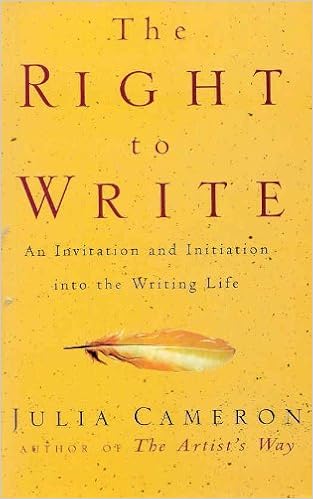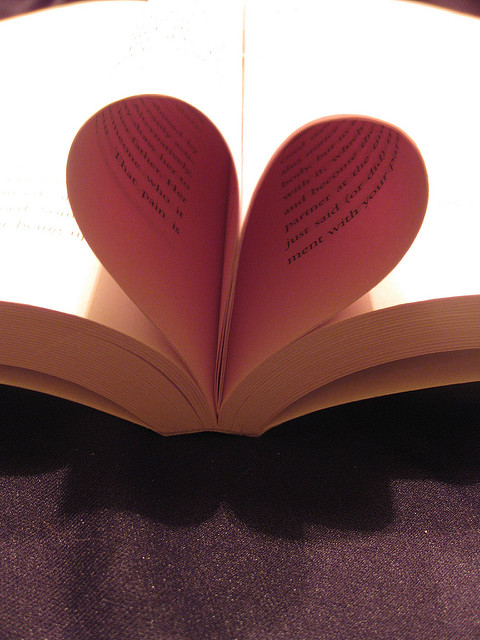
There are many analogies for writing a book. I always liken it to building a house.
A house needs strong foundations. For a writer our foundation is our plot. It has to be solid enough to support a story from the beginning to the end.
A building needs a well-built structure to stand on the foundations – the walls and the roof. This sustains the building, protecting it from the elements and hostile invaders. A book needs a carefully planned structure too. A writer needs to think about whether the book will be divided into various parts or whether it will rely solely on chapters, will there be a prologue and an epilogue, who will tell the story and will it be in the first person or third person.
The house builder needs to give careful thought to where the doors and windows are placed for maximum effect, the doors need to give easy access to and from the dwelling, the windows might focus on a wonderful view or concentrate on bringing lots of light into the rooms within. For writers, our doors and windows are the opening of a story, the highpoints that drive the narrative forward, the unexpected plot twists that surprise and delight readers and finally the ending.
To make a house a home, it needs subdividing into rooms that work individually but also as a whole with the rest of the house. In writing, our rooms are our scenes. Every scene should have a purpose, if possible more than one. If they don’t then they are merely padding and have no place in the finished book.
Once a builder has all the basics in place they can start to decorate by adding colour to the walls and coverings to the floors followed by the furniture.
 For a writer they can only start to decorate and add the furniture once the plot is nailed down and the structure is complete. That’s when the editing starts. Imagine having to emulsion a mansion, room by room, day after day until the whole building is complete. That’s how editing a novel should be. At first it seems like a massive task, a never-ending task, but sure enough once you start working through the chapters, as a builder would work through the various rooms, you start to see progress.
For a writer they can only start to decorate and add the furniture once the plot is nailed down and the structure is complete. That’s when the editing starts. Imagine having to emulsion a mansion, room by room, day after day until the whole building is complete. That’s how editing a novel should be. At first it seems like a massive task, a never-ending task, but sure enough once you start working through the chapters, as a builder would work through the various rooms, you start to see progress.
And, just as with a building, once one edit is finished it is time to start the next. A builder would add skirting boards and cornices. We do another run through to make our words flow even better than they did before and then another and another.
Once a building is finished there is usually a long snagging list – little imperfections that have been overlooked. Writers need snagging lists too. A read through as a reader rather than as an editor can highlight these, a section where the pace sags, an inconsistency regarding names, a lack of tension. This is where our beta readers come into their own.

Once a building’s snagging list has been resolved it’s time for the builder to hand over the keys to the new owners who proudly move in and hang pictures on the walls and curtains at the windows.
Writers too can enjoy these moments. The final polishing of a manuscript is always immensely satisfying, the writing equivalent of plumping the cushions on the sofa.
Building a house is a long-term project as is writing a book.
So, the next time you embark on a new book picture yourself digging the foundations of your new story house. When the going gets tough, as it always does for home builders and writers alike, picture where you will be when the work has been completed.
Trust the process and trust yourself. In a year or maybe less you will be standing inside your beautiful creation, plumping the cushions ready to put your story house on the market for sale.
Happy writing!


















